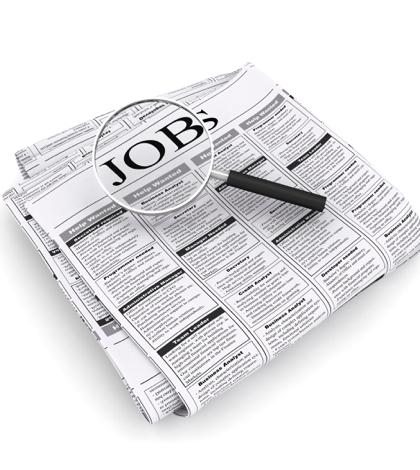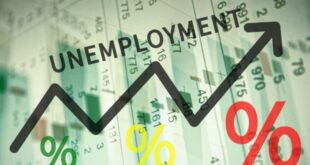The federal government’s employment report for April wasn’t the disaster a lot of people expected it to be. Whether it was a blip or a sign that the economy has absorbed the worst blows from COVID-19, remains to be seen.
What to make of the U.S. jobs report for May?
Most economists expected the report, released June 5 by the U.S. Bureau of Labor Statistics, to be a disaster, based largely on the record number of unemployment claims being filed nationwide.
A Washington Examiner story published the day before the report was released was headlined “It’ll Be Ugly,” and predicted a jobless rate of 19 to 21 percent, a level not seen since the Great Depression of the 1930s.
The labor department study would report that eight million people lost their jobs in May because of COVID-19, the story predicted.
But neither of those things happened. Instead, the U.S. economy added 2.5 million jobs during the fifth month of the year, as the national unemployment rate fell to 13.3 percent. Construction added 464,000 jobs, while restaurants and bars rose by nearly 1.4 million.
Some greeted those numbers with skepticism, speculating that there was something wrong with the data, and they were right. In a clarification/ correction, the bureau stated that the report had a “misclassification error,” meaning some people who were unemployed last month weren’t included in the data.
Had they been included, the May unemployment rate would have been about three percentage points higher, according to the bureau.
The bureau also speculated that the response rate to its May survey might have been off by as much as 15 percent, perhaps because of self-quarantining.
Sixteen point three percent unemployment is not the 20 percent train wreck some were predicting, and it’s a drop from the 19.5 percent jobless rate recorded in April. Still, there were about 26 million more people unemployed in May than there were in February, including 4.7 million who were incorrectly classified as employed four months ago.
Those who predicted 20 percent unemployment or higher, as some did when the government shutdowns began in March, clearly have been proven wrong, said Chris Thornberg, director of the UC Riverside School Business Center for Economic Forecasting and Development.
“The economy was fine before this happened and it will be fine when all of this is over,” said Thornberg, who gained national recognition among economists when he predicted the subprime mortgage market crash of 2007-’08 and the subsequent global recession. “The people who said, when all of this started, that we were looking at a major depression clearly went too far.”
The difference between the previous two economic crises and the present one is that, in this case, we know exactly what caused it – a global health crisis – and that the economy will recover when that crisis goes away.
“At first it looked scary because we didn’t understand what was happening,” Thornberg said. “it was unprecedented. With the Great Recession and the Great Depression, both of those were caused by a financial bubble, but there is no financial bubble in this case.”
Because he expects most people who have been furloughed from their jobs to be rehired, Thornberg believes the national unemployment rate will be down to “five percent, or the high fours” by the end of the year.
“There might be some [furloughed] people who aren’t called back, but not very many,” Thornberg said.
Thornberg is more optimistic than Federal Reserve Chairman Jerome H. Powell, who last week predicted that unemployment will only be down to 9.3 percent by the end of this year, and 6.5 percent by the end of 2021.
Powell also emphasized that, given the estimated 36 million people who are out of work because of the pandemic, and the possibility that a lot of them won’t get their job back, Congress should approve at least one more round of financial aid.
The economic fallout from COVID-19 is so without precedent that any prediction should be greeted skeptically, said Jay Prag, professor of economics at the Drucker School of Management at Claremont Graduate University.
“Ultimately, we don’t know exactly what all of this is going to cost, but it will be in the billions,” Prag said. “This is a huge experiment we’re having to put the country through. I think you can also say that the worst of the job losses are probably behind us, but you can also say that a lot of lost jobs aren’t coming back, especially in retail.”
Prag said he’s inclined to go along with the Federal Reserve’s timeline for a jobs recovery – “it’s probably as good a guess as any” – but he speculated that some people who were furloughed might not be called back to work.
“There were a lot of job openings before this happened, but I’m not sure they’ll still be there when this over,” Prag said.
 IE Business Daily Business news for the Inland Empire.
IE Business Daily Business news for the Inland Empire.


